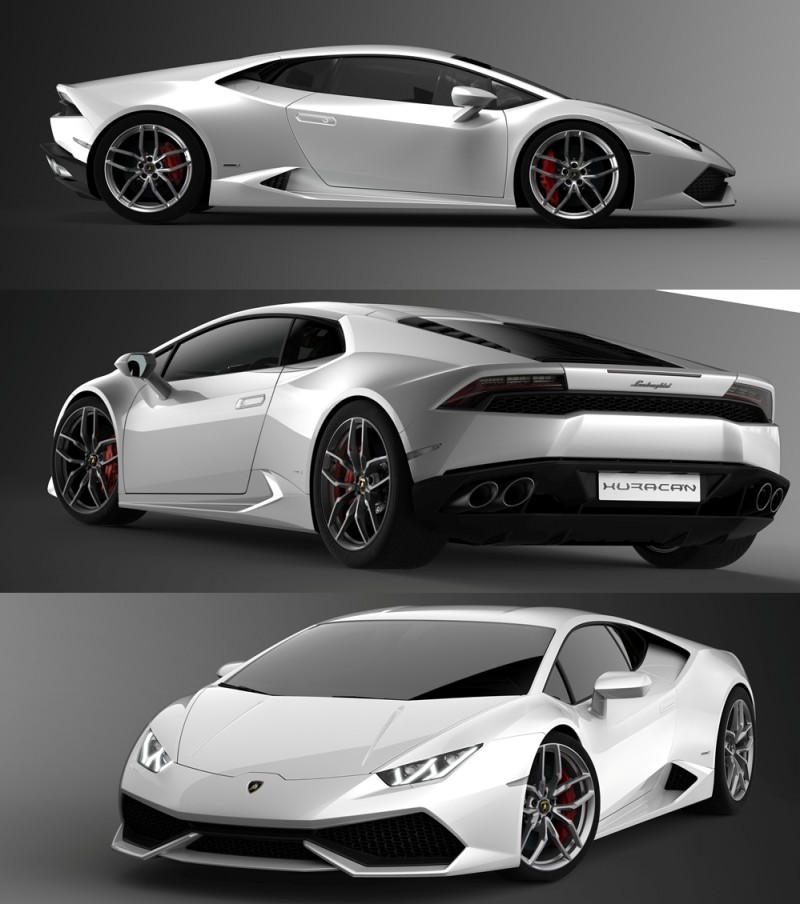A new era is beginning for Automobili Lamborghini and the luxury super sports car segment, with the brand new Huracán Lamborghini is not only presenting the successor to the iconic Gallardo, but is also redefining the benchmark for luxury super sports cars in this segment, according to Lamborghini.
With its pure and unique design, an innovative technology package, outstanding dynamics and excellent quality, the Huracán claims to offer a super sports car experience on a whole new level.
The Huracán promises to combine absolute performance with easy-to-drive road behavior and both luxurious and sport-oriented finish. With the Huracán, Lamborghini is taking a big step into the future, and enhancing the brand’s illustrious history with the next automotive legend.
Starting from January 2014 the Huracán will be the protagonist of over 130 private preview events in more than 60 cities throughout the world, including the Middle East.
The Lamborghini Huracán will make its world public debut at the Geneva Motorshow 2014.
With a total volume of 14,022 cars produced, the Lamborghini Gallardo has been the most successful Lamborghini ever and, in its ten-year lifecycle, lifted the Lamborghini marque to a whole new level. Its successor, the new Huracán, has been developed from scratch down to the very last detail and, like the Gallardo and most other Lamborghini models, derives its name from the w
orld of bullfighting. The fighting bull Huracán of the Spanish Conte de la Patilla breed was known for his outstanding courage and strong sense of attack. He fought in Alicante in August 1879, showing his unrelenting character and remaining defiant and invincible, thus entering into the legend of fighting bulls’ history.The new Huracán revolutionizes the design language of the Gallardo and is pure in its lines: precise technology and top level craftsmanship meet an audacious design with sharp edges, monolithic and sculptured volumes and precise surfaces. The starting point is the silhouette of the Huracán, born out of the desire of creating an automobile, whose profile is defined by only one line that merges the front with the cockpit and the rear of the car. The lateral windows come together to create a hexagonal form inserted like a glass jewel in the car’s profile.



